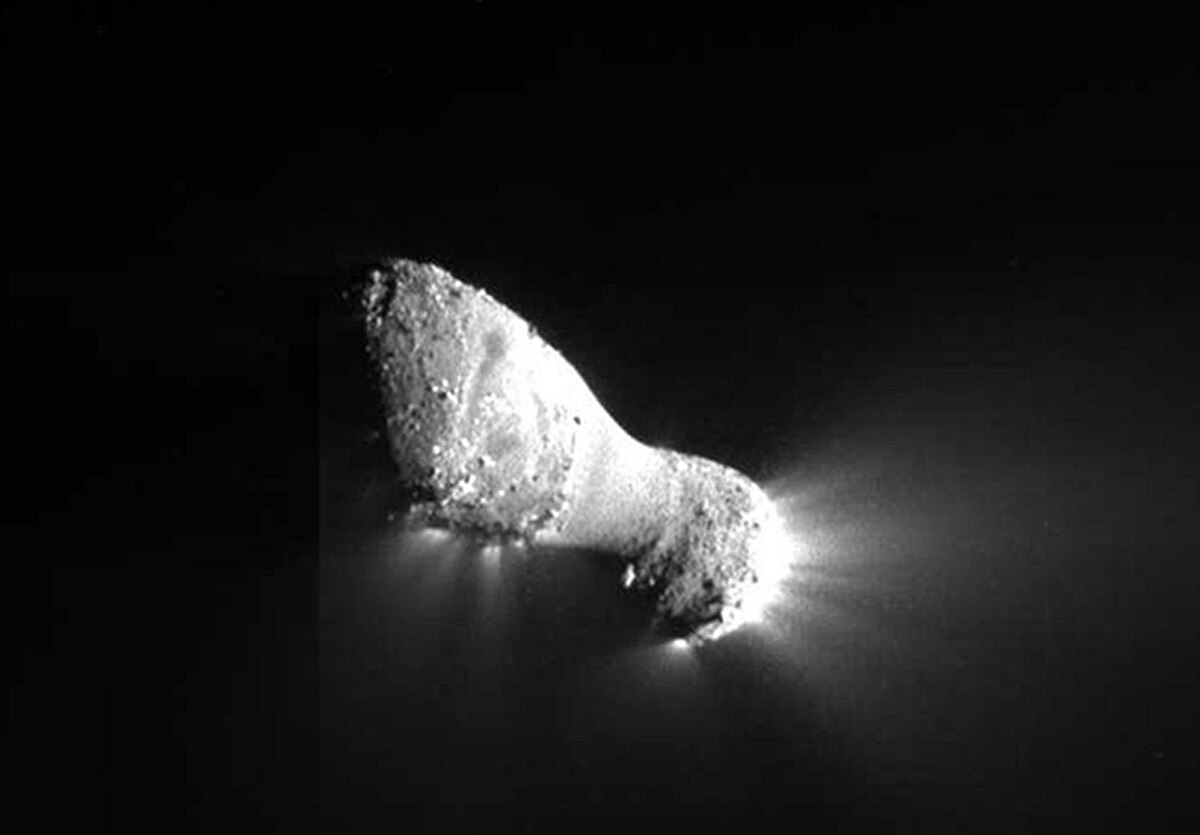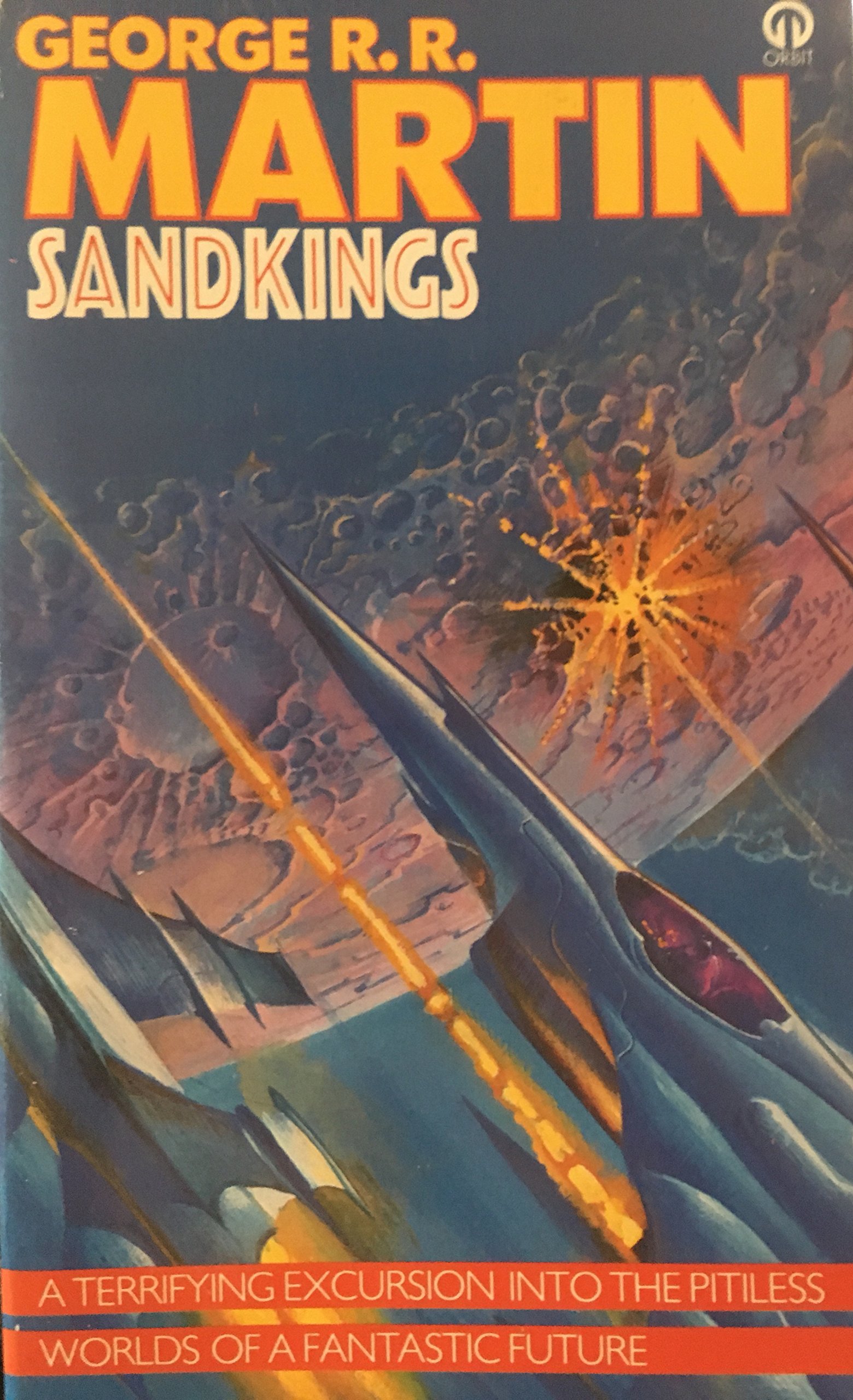There are all sorts of calculations saying nothing (asteroid, bolide, comet, what you will) is going to hit us in the next 20 minutes (Ooops sorry, I meant years) but how reliable are they?
How are we to see objects with an albedo less than soot coming 'out of the Sun'?
NEAs, especially those sharing our plane, and especially coming around in short order are affected on each return by our gravity. Large error margins start creeping into those calculations.
Are we doing enough to protect our planet? Is the Late Heavy Bombardment repeatable?
What are your views?
How are we to see objects with an albedo less than soot coming 'out of the Sun'?
NEAs, especially those sharing our plane, and especially coming around in short order are affected on each return by our gravity. Large error margins start creeping into those calculations.
Are we doing enough to protect our planet? Is the Late Heavy Bombardment repeatable?
What are your views?





